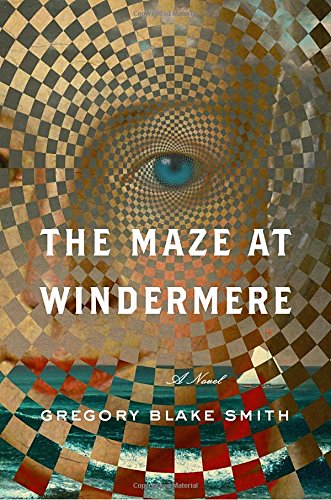The Maze at Windermere
Five stories ebb and flow, anchored by their location: Newport, Rhode Island. In the present day, a washed-up tennis player’s drunken wager throws him in with Newport’s moneyed set, including a cerebral palsy-stricken heiress. In the Gilded Age, a suave bachelor (think a shallower Oscar Wilde) realizes he must grasp his fading chance to marry a fortune before he ages out of plaything status for the moneyed “cottagers.” Henry James, adrift during the Civil War, flails as he attempts to fashion detached observation into his, as-yet, unformulated literature. During the Revolution, a troubled British officer sets his sights on a beautiful “Jewess.” And finally, in the early colonial era, a young Quaker must make difficult decisions when her mother dies and her father is lost at sea.
This novel is, in a word, excellent. Characterization is convincing and thorough; there is not a false note here, despite the refreshing variety of said characterization—so many disparate lives and perspectives, beautifully drawn. (So beautifully drawn that Henry James bored me just as much in fictional diary form here as the real author’s work does: that’s how right these characterizations are.) And while a less adept novelist might flounder over multiple time periods, narrative voices, plot lines, and now-loaded historical conceptualizations (e.g., slavery, class division, homosexuality), Smith remains poised and assured throughout, also assuring he doesn’t lose the reader along the way. Gossamer filaments connect these plotlines; duplicity in all its dismaying forms is a major theme, along with the brilliant contrast between substance and shadow, superficiality and depth. There are moments of wry humor, suspense, gut-wrenching human exchange. And through it all, an honesty—capturing life as people live it—that is made to appear easy, but is very, very difficult to actually achieve in fiction. Mr. Smith: Jolly. Good. Show.










